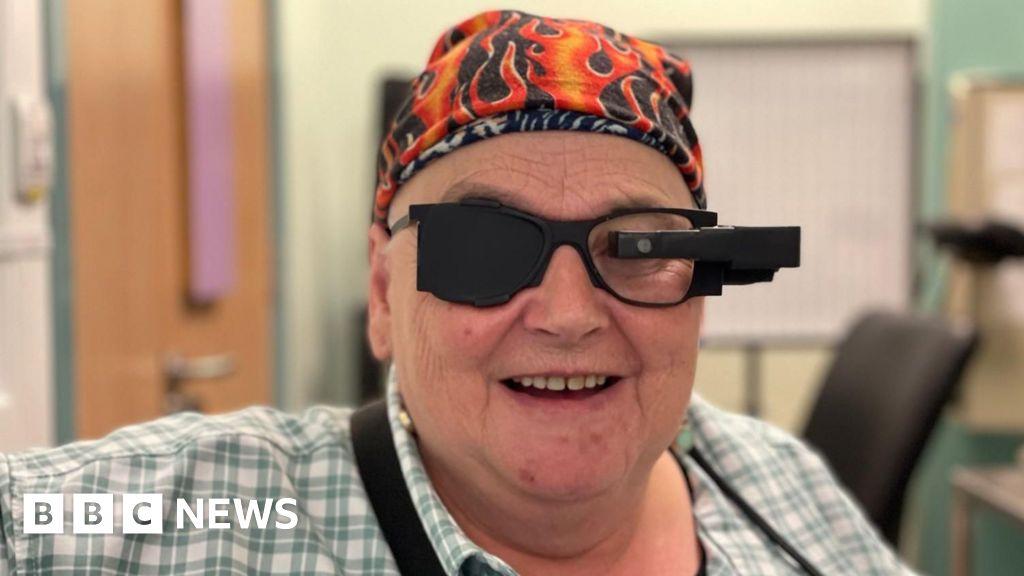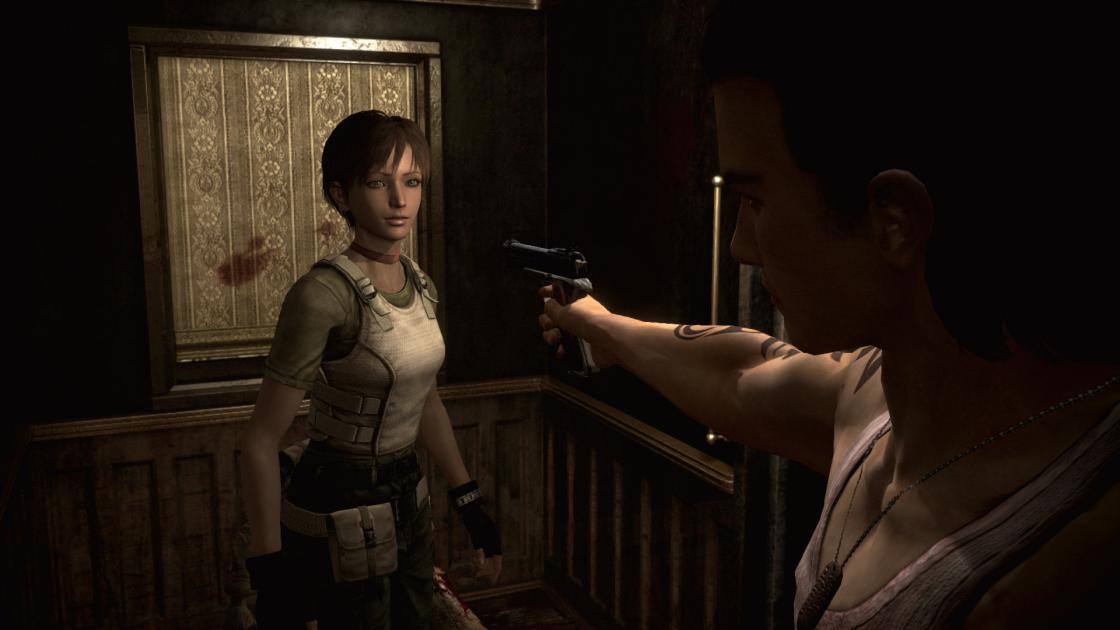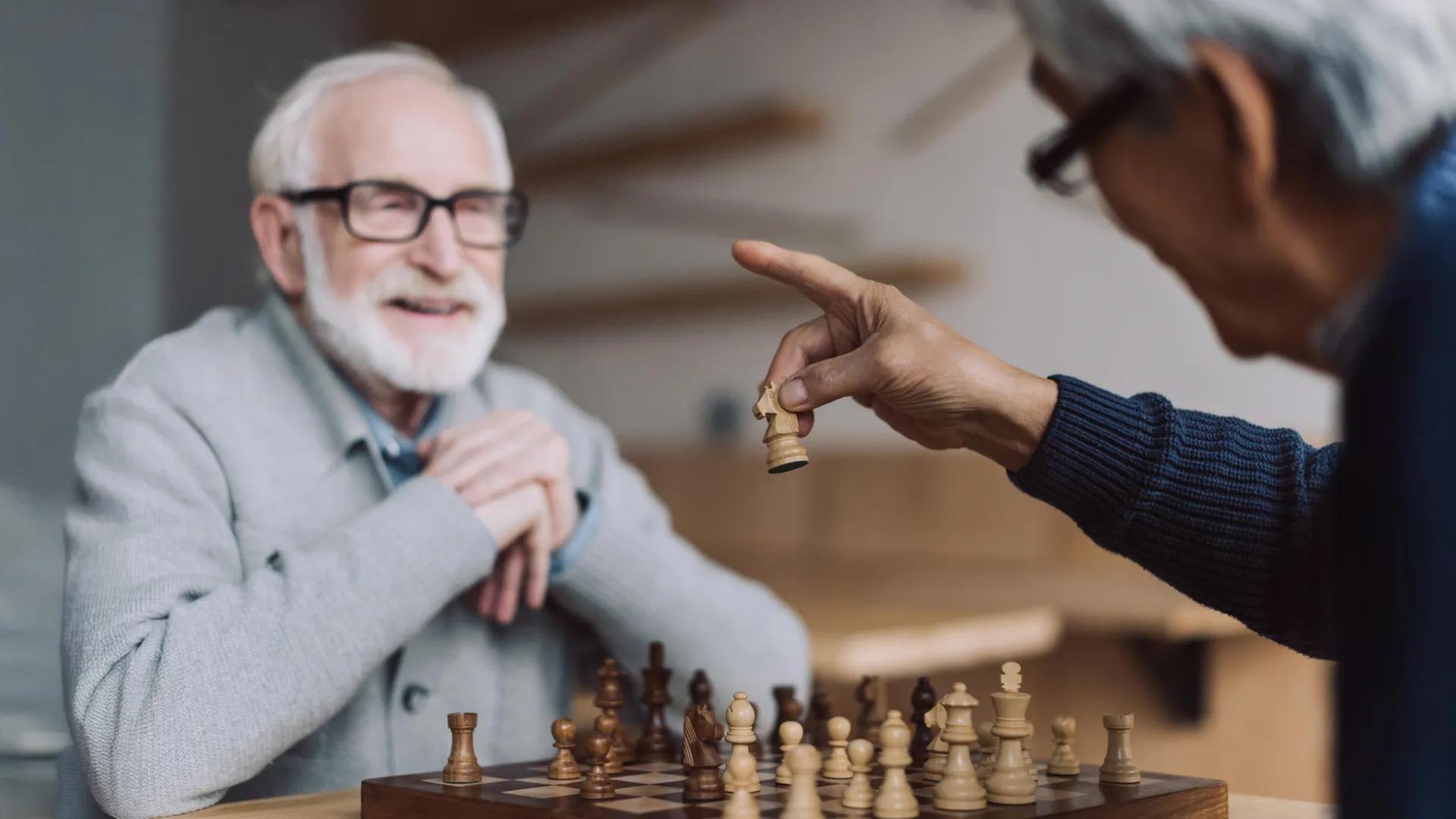The results are amazing and a significant breakthrough, say surgeons involved in international research using the innovative technology.
Life-changing eye transplant helps blind patients read again
A group of blind patients can now read again after having a life-changing implant placed in the back of their eyes.
Surgeons who implanted the microscope in five patients at Moorfields Eye Hospital in London said the results of the international trial were "amazing".
Seyila Nurbine, 70, who is called blind, said it was "out of this world" To read and do the crossword again."It's beautiful, it's beautiful. It makes me happy."
The technology provides support for people with a developed form of age-related dry macular degeneration (AMD), known as geographical atrophy (GA), which affects more than 250,000 people in the UK and five million people worldwide.
In those with the condition - which is more common in the elderly - cells in a small area of the retina at the back of the eye are gradually damaged and die, leading to blurred or distorted central vision.Color and fine details are often lost.
This new method involves embedding a small 2 mm square photovoltaic microchip, the thickness of a human hair, under the retina of the eye.
Patients then wear glasses with a built-in video camera.The camera sends an infrared beam of video images to an implant at the back of the eye, which sends them to a small, pocket-sized processor for enhancement and clarity.
The images are then transmitted back to the patient's brain via the optic nerve, giving them sight again.
Patients spent months learning to interpret the images.
"Research and life-changing technology" at London's Moorfields Eye Hospital, said Mahi Mukit, an ophthalmic surgeon at Moorfields, London.
“This is the first implant that allows patients to live their daily life, for example, reading, writing.
"I think this is a major advance," he said.
How does implants technology work
To study published in the English journal British Telephone, Prarya Inmana, provided by The California Caleri Portrofior, tested in 38 European countries.
Of the 32 patients who had onlant, 27 were able to read again using the exposure.After a year, this equates to an increase of 25 letters, or five lines, in the eye chart.
For Sanga, from Wiltshire, the improvement is even more dramatic.Without the implant, he cannot read at all.
But when Sheila cleared it all up in the eye chart at Mordfield Hospital, she didn't make a mistake.When he finished, he punched the air and cheered.
"I'm a happy bunny"
Business requires a lot of attention.Sheila puts a pillow under her mail so she can focus on one or two letters at a time.At some point he needs to switch the device to zoom mode.To distinguish O. from particular letters
Sula left the elderly more than 30 years ago, after the cells in the retina died.She described her vision as having two black dots in each eye.
Sheila moves with the aid of a white cane, as her very limited peripheral vision is completely blurred.She can't read even the biggest street signs outside.
When she had to give up her driver's license, she says she cried.
But when I had the implants three years ago, they are happy to take him home, as are the medical team at Moorfaels.
"I can read my post, my books and do crosswords and Sudoku," she says.
When Sheila asks if she will ever read again, she says, "Not your Nellie!"
"It's amazing. I'm a happy bunny," he adds.
"Awaiting hurry, it's awesome to be a bite."
Sheila didn't wear any gear when she was out and about.This is partly because it requires concentration; in order to read, the head must remain still.They also don't want to depend on these devices.
"Instead, she does her homework," she says.
Prima's license is not yet available outside of clinical trials, and costs are unknown.
Despite this, Mahi Muqit said he hoped it would be available to some NHS patients "within a few years".
It is possible that the technology could be used in the future to help people with other eye conditions.
Dr Peter Bloomfield, director of research at the Macular Society, says the results are "encouraging" and "great news" for those who have no treatment options.
“Artificial vision could offer a lot of hope, especially after the intensives in the world of dry AMD treatment.
"We are now looking closely to see how Phoad can be approved for use here in the UK, and particularly if it can be used on the NHS."
The trials are not expected to help people with conditions in which the optic nerve, which sends signals from the retina to the brain, does not work.








